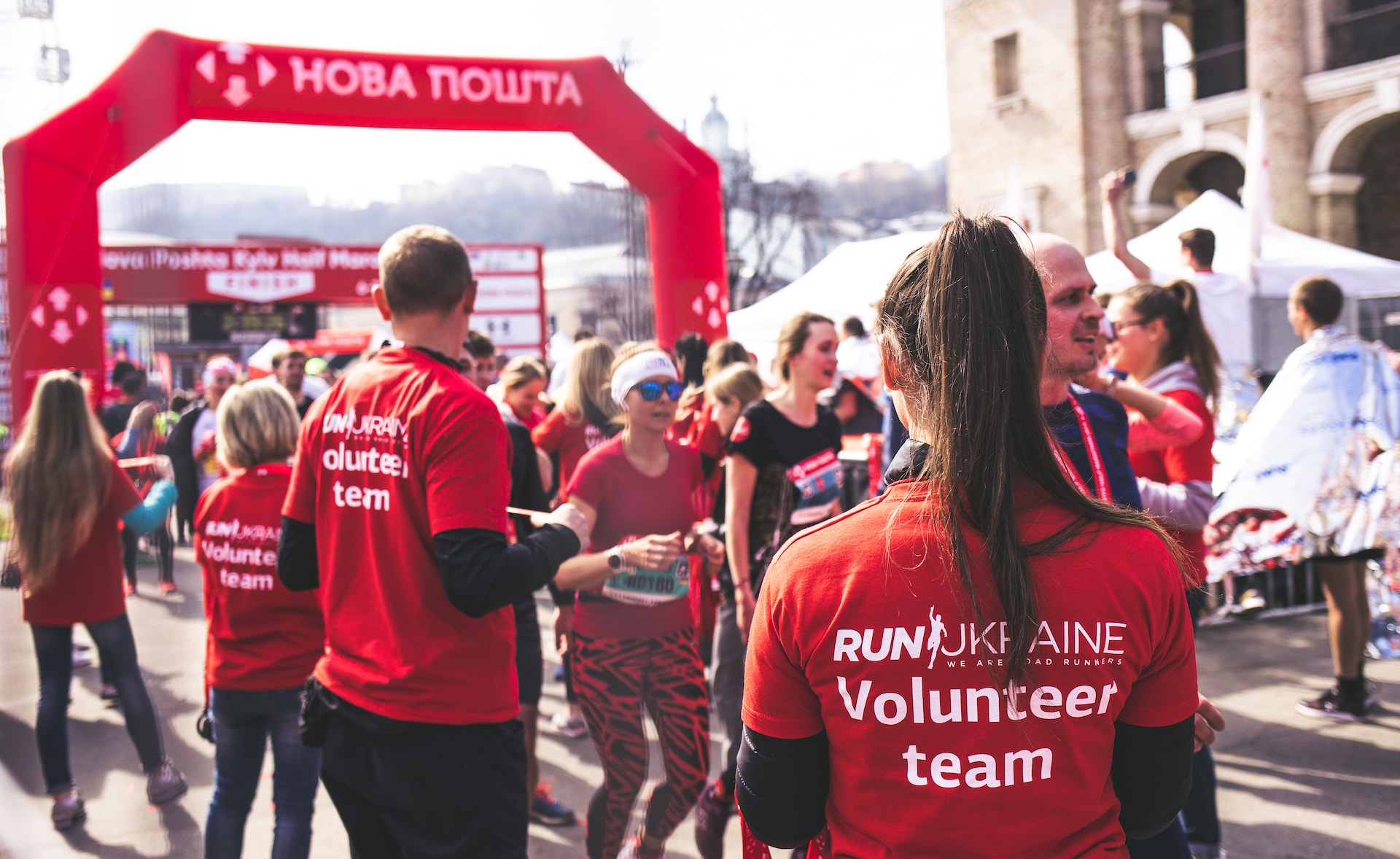There are several examples of effective community outreach programs that have impacted society. When developing an outreach initiative, it is important to research the specific demographic as well as their needs. Afterward, you can solicit the needed funds required to undertake the program. Also, while setting up systems to address those needs, be sure to encourage learning and self-sufficiency.

- Designing your outreach program with quantifiable criteria is critical to measuring the program’s impact.
- Connect with local groups and key community leaders to obtain information on the specific issue you intend to resolve.
- Based on your available resources, set reasonable, well-stated, and quantifiable goals.
Steps to conducting effective community outreach
A plan is required to establish an effective outreach effort. Essentially, the goal of a community outreach program is to provide solutions to communal problems that may not be immediately accessible to the individuals in that environment. Here are some elements to include in your Community Education and Outreach Plan:
a. Understand the needs of the community
Start by connecting with local groups and key community leaders to obtain information on the specific issue you intend to resolve. You can also conduct discussions with local advocates, community health workers, hospital/school administrators, or neighborhood council members. The community needs assessment stage is the best time to build community relationships. By and large, this will be critical to the success of your outreach campaign.
b. Choose a target issue to address
Once you understand the prevalent issues within the community, you can determine the resources you need to address such needs. Hence, be sure to choose a community need that you confidently can proffer solutions to with the help of your team. The target issue does not have to be related to your industry, although having experience in a specific field is beneficial.
c. Set a community outreach goal
Based on your available resources, set reasonable, well-stated, and quantifiable goals. This is a great way to measure and effectively manage resources. Also, you must have data-backed results. This helps to ensure that your program is on track.
d. Create a community outreach strategy
Collaborate with your community partners to decide how your team and resources may be used most effectively to achieve the objective goal. Likewise, delegate tasks and duties, choose the best data collection methods, and implement any resources – software, training, etc. Effective community outreach demands careful planning.
e. Leverage Collaboration
As stated earlier, actively interact with your community partners and invite them to ask questions and provide feedback regularly. You’ll almost certainly be collaborating with individuals who work directly with disadvantaged groups and have a thorough awareness of community needs. Take their advice and knowledge into consideration.
f. Create community outreach awareness
Inform all of your stakeholders about your Community Outreach program. This can either be via newsletters, a press release, your website, and social media channels. Let them know how they can support the cause if applicable!
g. Measure community outreach impact
Designing your outreach program with quantifiable criteria is critical to measuring the program’s impact. This is because it reveals where you are in accomplishing your goal and where adjustments can be made. By and large, data collection assists in steering your program in the appropriate direction and determining whether or not your efforts are having an impact.
h. Revise and Improve
With data obtained from your team and comments from community partners, you can revise and improve your outreach program. Also, don’t be disheartened if you aren’t making the progress you had hoped for. A new corporate initiative always introduces new challenges and raises new issues. It’s also crucial to remember that community well-being is influenced by a complex set of factors – economic, social, political, environmental, and so on. And these variables are constantly changing and evolving. However, the more you listen to and participate with the community, you will discover more possibilities to give back.
Conclusion
A yearly gift or one-time volunteer program could be all it takes to give back to the community. The most effective businesses, however, are aware that success can be achieved over the long term with sustained effort and worthwhile ideas. Also, people and communities generally tend to trust businesses that support society. Hence, community outreach is a fantastic approach to demonstrate a company’s dedication to the improvement of its working environment.
If you enjoyed reading this article, please share your comments and suggestions with us at the bottom of this post.



2 Responses
Thank you for sharing such a practical guide on community outreach. I really appreciate how the article breaks down each step — from understanding the real needs of the community, setting measurable goals, to collaborating with local leaders. These are exactly the kinds of principles that lead to sustainable impact. The emphasis on measuring results and then refining the program based on feedback stood out to me as especially important.
Your post inspires confidence that thoughtful, well-planned outreach can really make a difference.
Thanks for such a delightful comment and I’m glad it inspired you.